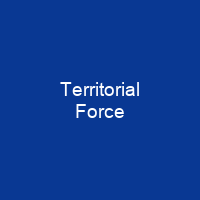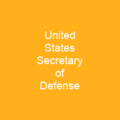The Territorial Force: A Part-Time Volunteer Army in the British Army
Imagine a time when part-time soldiers were the backbone of Britain’s defense, ready to step up and defend their homeland without the burden of full-time service. The Territorial Force was just that—a volunteer component created in 1908 to bolster the regular army during peacetime. But how did this force evolve from its initial conception to its eventual role in World War I?
Formation and Early Challenges
The Territorial Force was born out of the merger of the Volunteer Force and yeomanry, aiming to create a unified auxiliary force. Initially tasked with home defense due to political opposition, it quickly found itself called upon for overseas service as well. Despite initial recruitment struggles, the force played crucial roles in various theaters, including the Western Front, Gallipoli, and the Sinai and Palestine Campaign.
Identity and Integration
The Territorial Force faced numerous challenges, from maintaining its unique identity to integrating with regular army units. The force’s social composition was relatively narrow, leading to a less formal system of discipline compared to the regular army. However, this also meant that the reputation of territorials was often questioned by their regular counterparts.
World War I and Beyond
During World War I, the Territorial Force saw significant action but struggled with training and equipment shortages. By 1915, many units were deployed overseas to free up regular troops for offensive operations. The force’s performance improved over time, earning praise from commanders like General Hamilton during the Battle of the Somme. Yet, by the end of the war, the territorial identity began to erode as battalions were reduced or amalgamated.
Legacy and Reconstitution
The Territorial Force was demobilized after World War I but reconstituted in 1921 as the Territorial Army. Despite its initial problems, it continued to serve Britain through various conflicts and industrial unrest. The force’s legacy is marked by its contributions during both world wars and its role in shaping modern military structures.
Conclusion
The Territorial Force was a unique part-time volunteer army that played a pivotal role in British defense, evolving from an auxiliary to a crucial component of the war effort. Its story is one of adaptation, resilience, and ultimately, transformation as it faced the challenges of modern warfare.

You want to know more about Territorial Force?
This page is based on the article Territorial Force published in Wikipedia (retrieved on November 29, 2024) and was automatically summarized using artificial intelligence.







